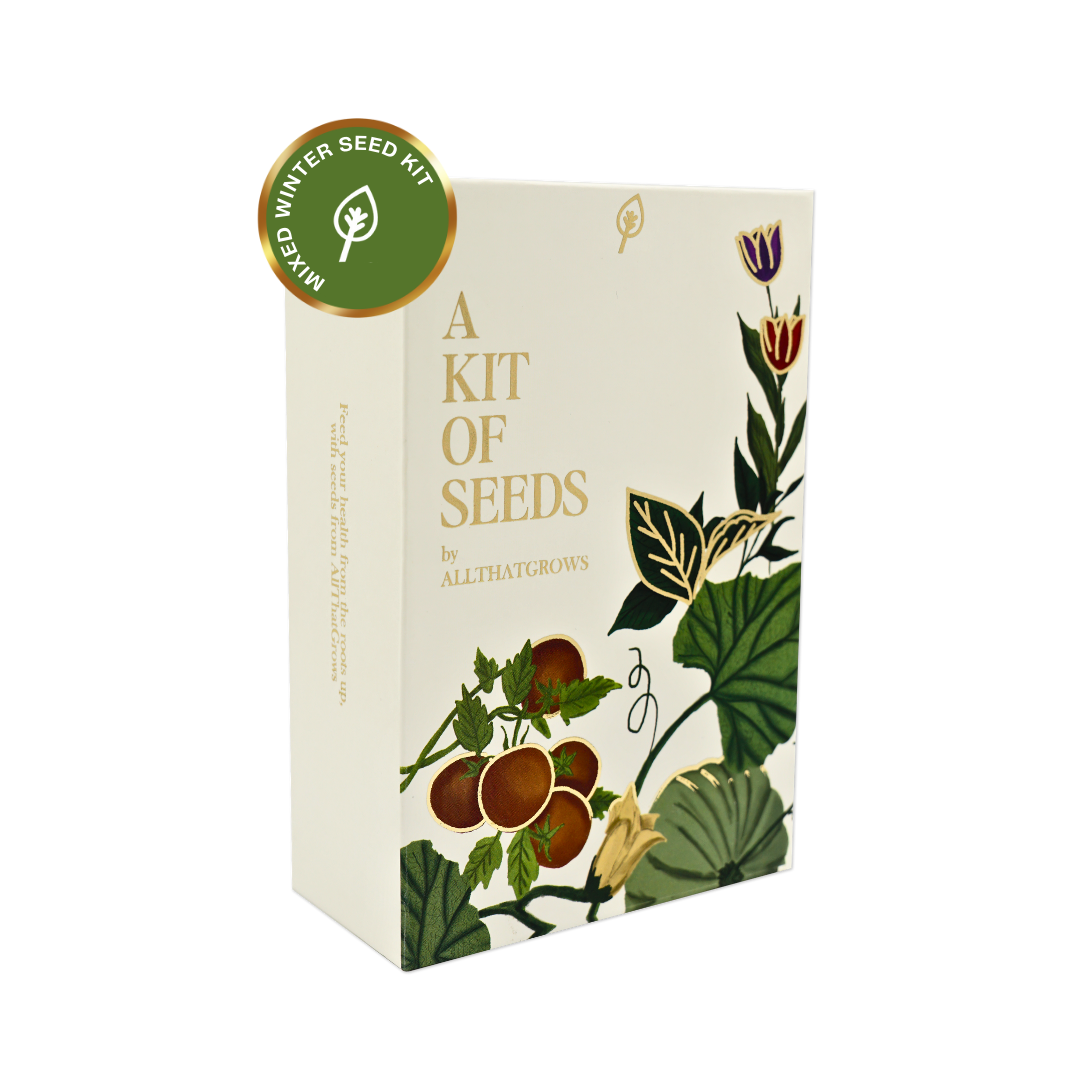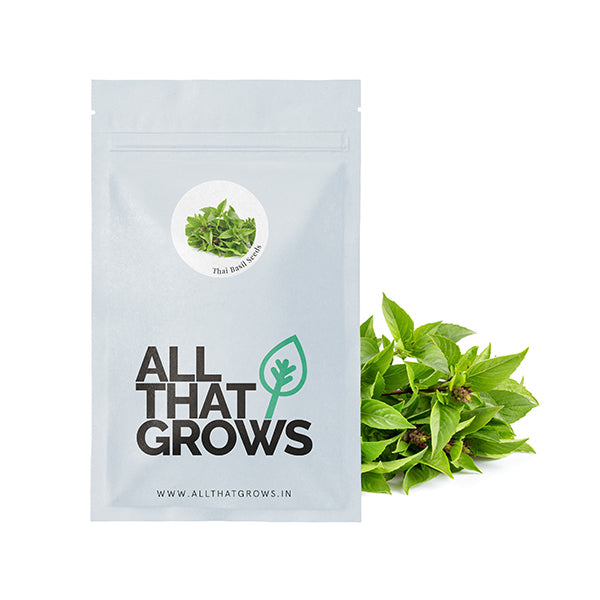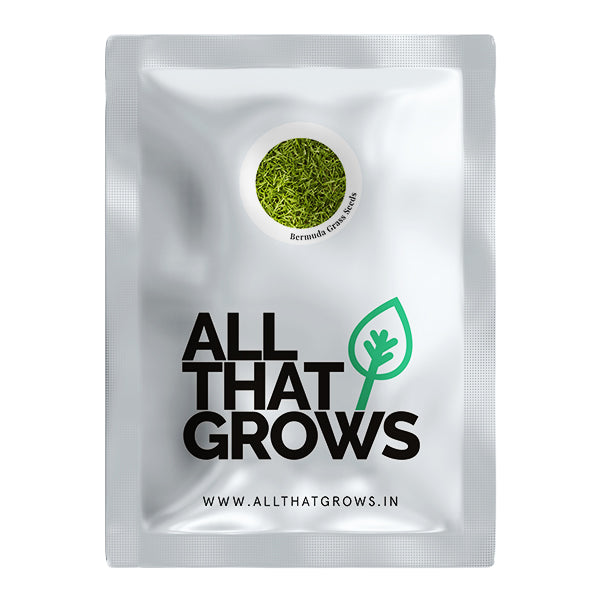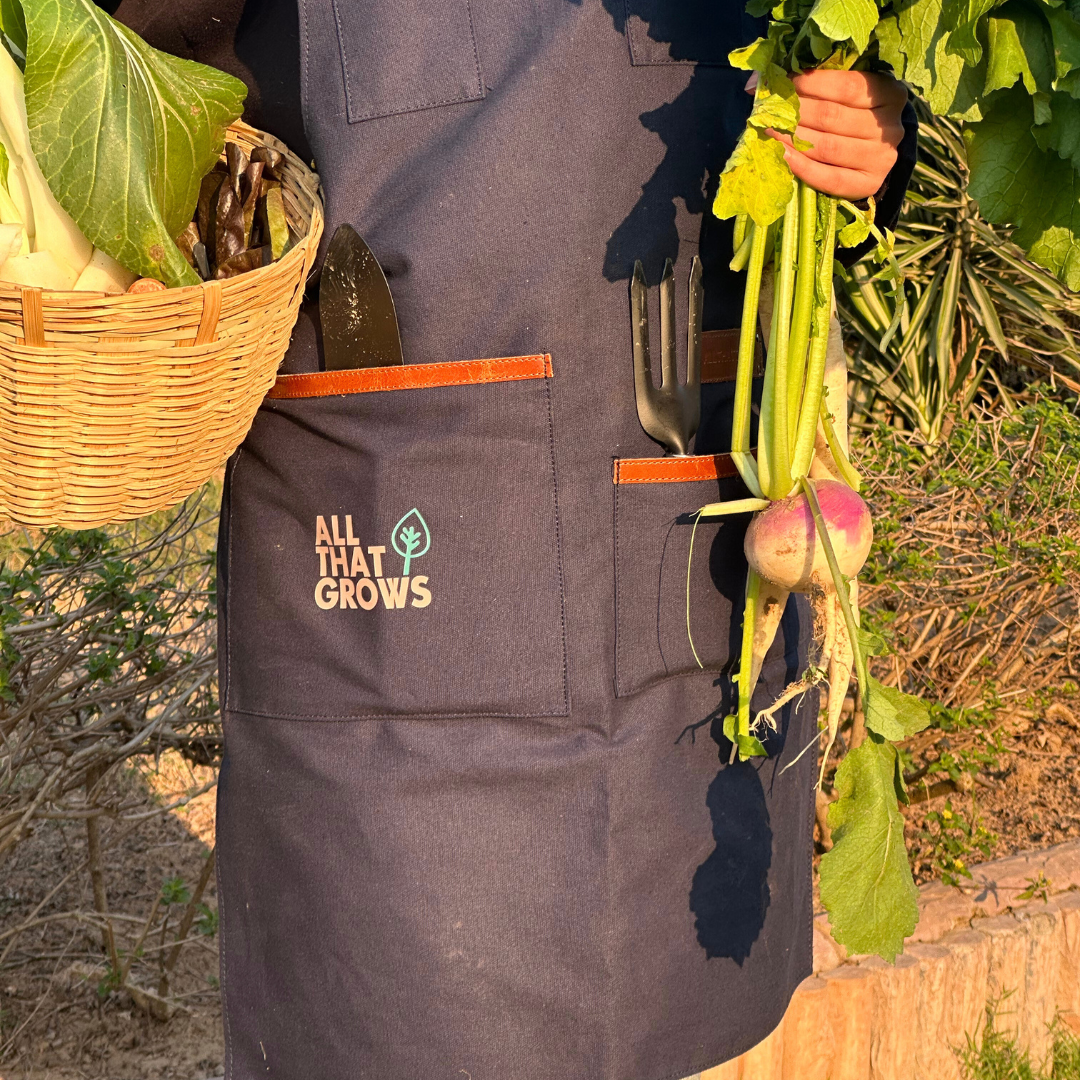- Details
- How to sow
- Reviews
Amaranthus Katwa Jhar, a traditional Indian leafy green, boasts slender stems with vibrant shades of green tinged in deep red. Its leaves are medium-sized, oval-shaped, and slightly crinkled, carrying a fresh, mildly earthy flavour perfect for a range of Indian dishes. Originating from the Katwa region of West Bengal, this heirloom variety is cherished for its tender, nutritious foliage. The plant's delicate stems remain soft and palatable, adding colour and texture to any garden patch. With a quick growth cycle, these greens are a delightful addition to seasonal home harvests.
Planting instructions
Sow Katwa Jhar seeds about 0.25 inches (0.6 cm) deep in well-prepared, finely crumbled soil. Maintain a spacing of around 6–8 inches (15–20 cm) between plants to allow for good airflow and steady growth. Thin seedlings if needed to prevent overcrowding.
Growing Requirements
pests & diseases
Amaranthus is generally hardy but can be affected by leaf miners and aphids. Occasional fungal leaf spots may appear in humid weather. Practise crop rotation and keep the area weed-free to minimise pest and disease issues.
soil
Katwa Jhar thrives best in well-draining, fertile soil enriched with organic matter. A loose, crumbly soil structure helps roots establish and supports continuous leaf production. Slightly alkaline to neutral soils are ideal.
spot
Choose a sunny to partly shaded spot in your garden for these greens. At least 4–6 hours of sunlight daily will keep the plants robust and productive. Avoid overly shaded corners to prevent weak, leggy growth.
temperature
Keep the soil consistently moist but never waterlogged. Water regularly, especially during hot spells, to maintain steady growth and prevent wilting. Mulching around the plants can help conserve soil moisture.
watering
Keep the soil consistently moist but never waterlogged. Water regularly, especially during hot spells, to maintain steady growth and prevent wilting. Mulching around the plants can help conserve soil moisture.
how to harvest
Harvest Katwa Jhar by cutting young leaves and tender stems 30–40 days after sowing. Continue picking every few days to encourage regrowth. Use these greens in traditional curries, dals, stir-fries, or simply steamed with a squeeze of lemon for a nutritious side.

The productiveness of any seed we sell is subject to your local climatic conditions*, the sowing method you adopt, and your commitment to the planting process. We give no warranty, expressed or implied, and are in no way responsible for the produce.
Please note that all our seasonal recommendations/ sowing information is as per the local climatic conditions. *For more information on the optimum conditions required for growing seeds in your region, please contact us at, hello@allthatgrows.in or Whatsapp us at, +91 8544865077
Questions & Answers
Have a Question?
Be the first to ask a question about this.


















